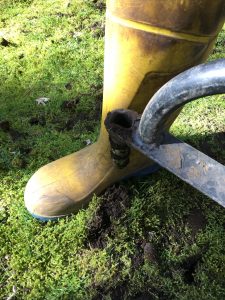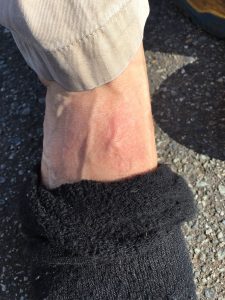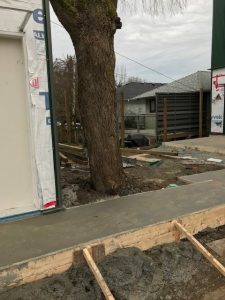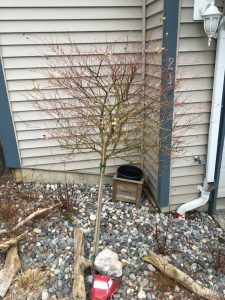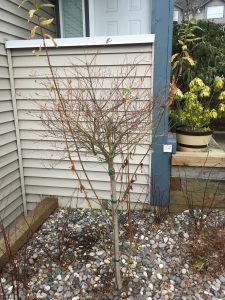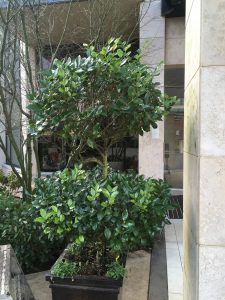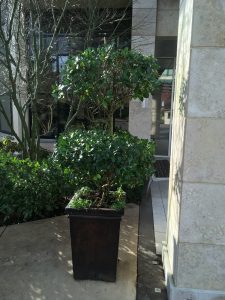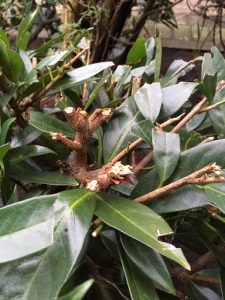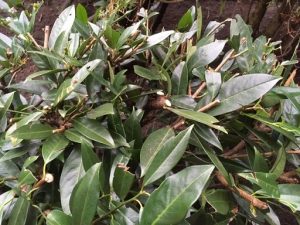I know, safety is not a sexy topic and this blog post will not likely stress Google analytics. My most read blog posts are about making side-hustle cash from landscaping and about immigrant landscapers. But still, it’s amazing how many close calls there are in the field.
It really doesn’t take much to get injured in landscape maintenance. I witnessed two such events and I want to publish them here as a warning. (Disclaimer: don’t worry, nobody died.)
Hand aeration
We aerate lawns with machines to allow more water and oxygen to reach the root zone. It’s a common spring task built into contracts. But when the lawns are very small or difficult to access, we use hand aerators. It’s a simple tool which punches holes as the worker forces it down into the lawn.
One of my co-workers was rushing and having too much fun at the end of the day and as he furiously punched holes, he slipped and drove the metal tool into his foot. It hit above the steel-toe portion of his rubber boot and he was in serious pain. So much pain, he refused to be photographed for a future safety blog post. It took some time for the bruise to heal.
Weeding
I know what you’re thinking, how can anyone get injured while weeding. But, again, it was late in the day when people are tired and distracted. The young female worker was weeding a nasty tree well full of small weeds. As she bent down to hand pick the weeds, firmly focused on the green mass by her hand, she completely missed a lower tree branch. Then her eye collided with the wooden stub. Sadly, she also declined to be photographed for my future blog on safety.
Luckily, her vision wasn’t affected but it was a close call. Not many workers wear protective goggles on site all day. You would never think of weeding as dangerous.
Conclusion
Stay alert in the landscape and watch out for hazards. Most injuries occur just before lunch when people are tired and their blood sugar levels are low. But as we’ve seen above, the end of the day can be just as bad for injuries. That’s when workers are tired and distracted by their after-work activities. Stay safe!


